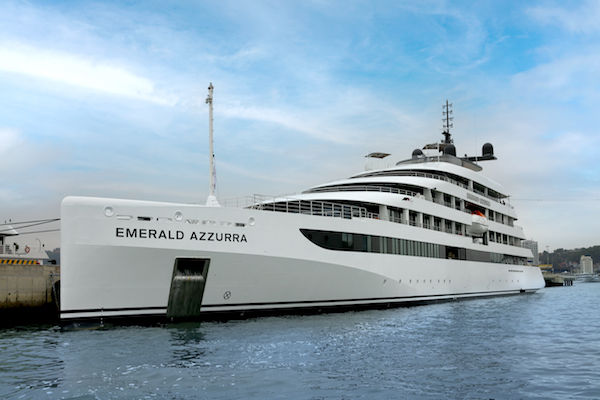Lovely Liwonde – Malawi’s wildlife treasure
Liwonde National Park is one of Malawi’s most beautiful. Located on the southern tip of Lake Malombe, just south... The post Lovely Liwonde – Malawi’s wildlife treasure appeared first on A Luxury Travel Blog.
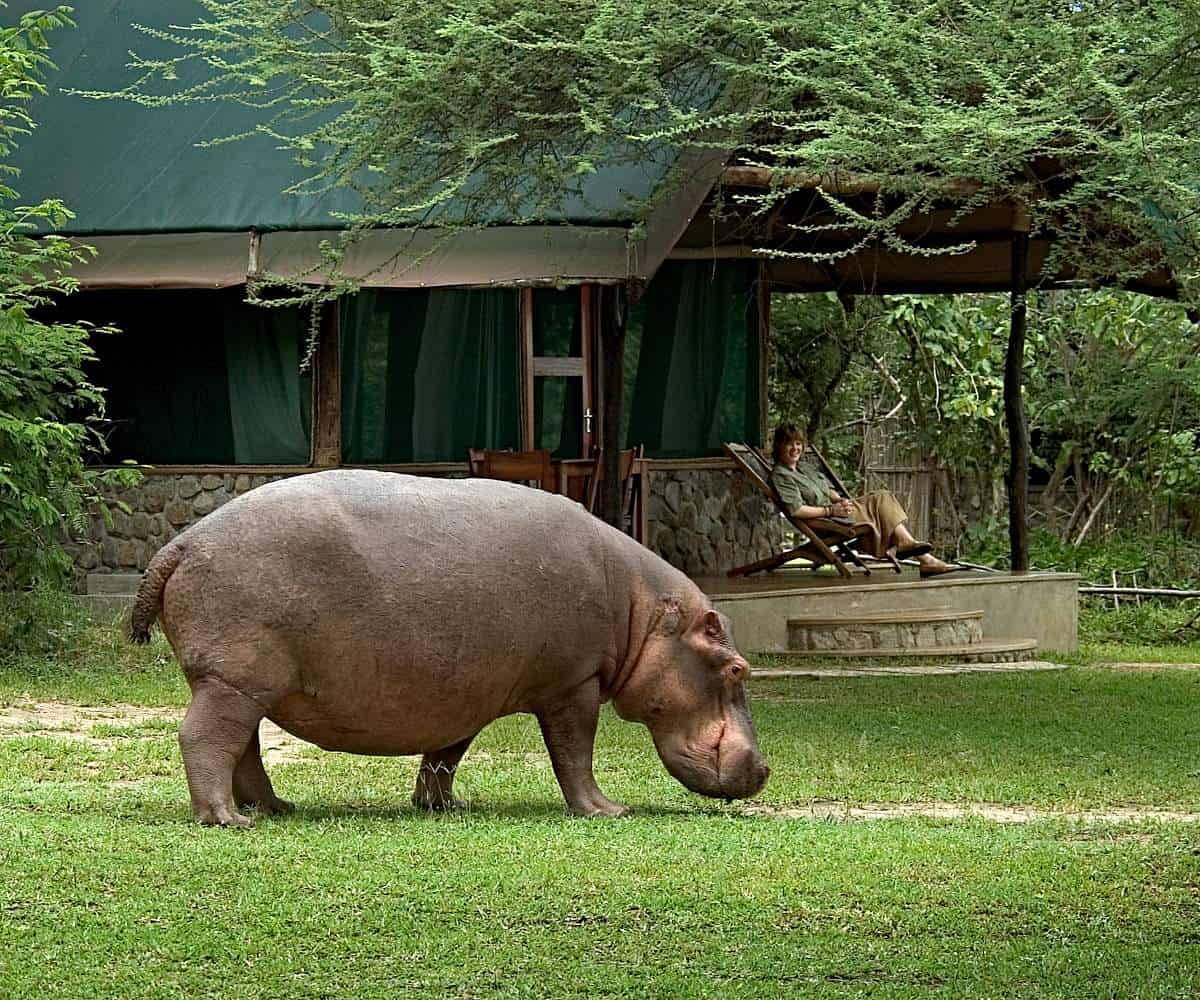
Liwonde National Park is one of Malawi’s most beautiful. Located on the southern tip of Lake Malombe, just south of Lake Malawi and near the Mozambique border. Liwonde with its incredible wildlife reintroductions and translocations, is a haven for wildlife.
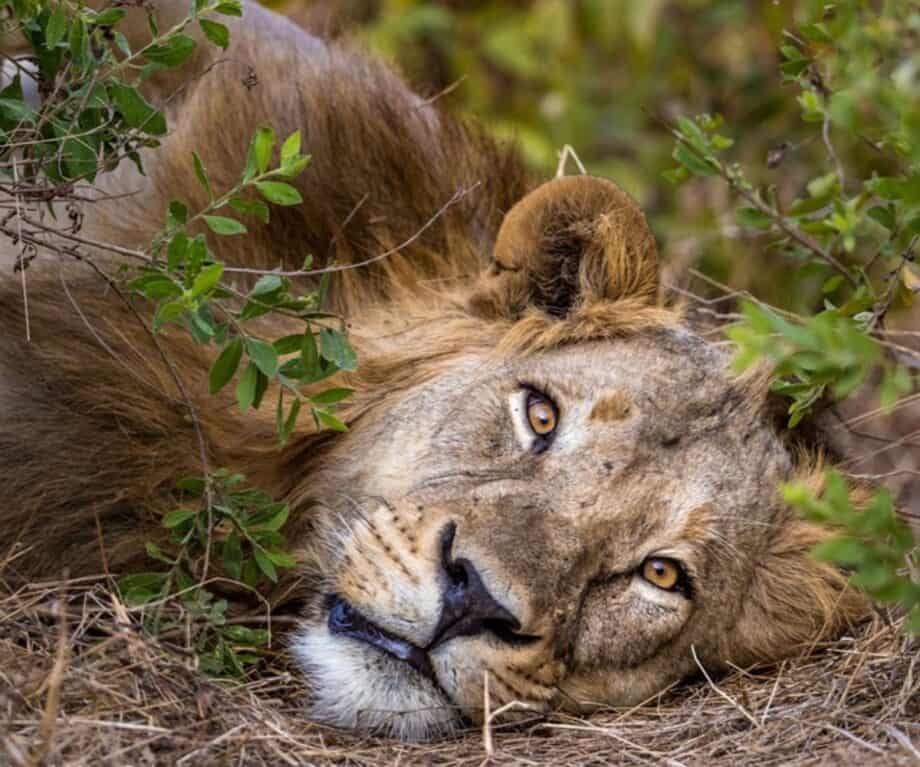
Liwonde is a story of a park back from the brink of destruction and now a Big-5 safari destination and one of Malawi’s key protected areas. When tourism to Malawi was at an all-time low, the 548km² park fell into disrepair. Poaching and human-wildlife conflict escalated. With more wire snares than wildlife in the park, large mammals and predators had vanished. Liwonde was a park in terminal decline.
Bolstered by the incredible success of nearby Majete Wildlife Reserve, a forward-thinking partnership was formed between Malawi’s Department of National Parks and Wildlife (DNPW) and the non-profit organisation African Parks. In 2015 African Parks assumed management responsibility for Liwonde and embarked on the painstaking process of transforming the park into a viable ecosystem and a promising safari destination. Equally important was the building of good relationships between communities surrounding the park and the park itself – no protected area can flourish without benefiting its human neighbours. Over the past 9 years, Liwonde has been reinvented and revitalised.
After highly effective conservation law enforcement measures, utilising advanced technology to protect and monitor wildlife, and removing more than 40,000 wire snares, it was time to bring the animals back.
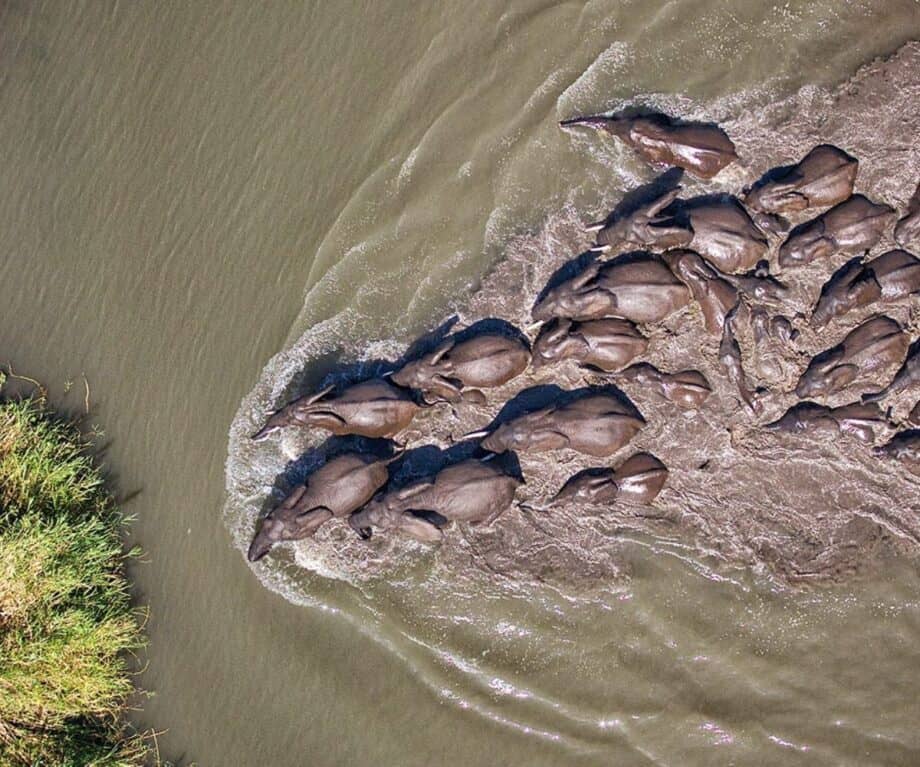
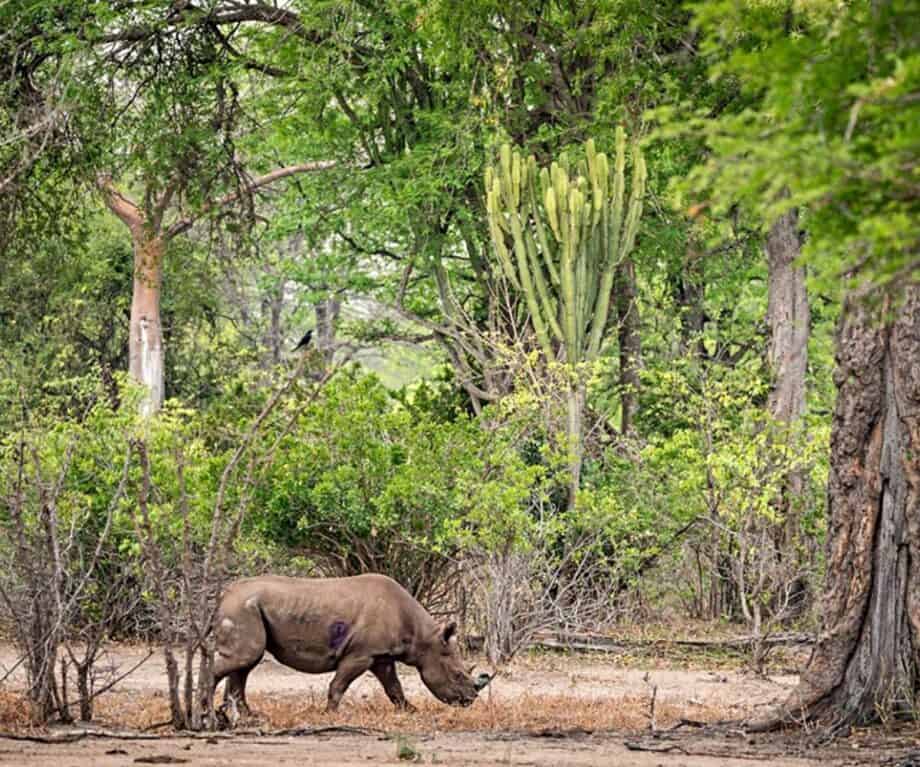
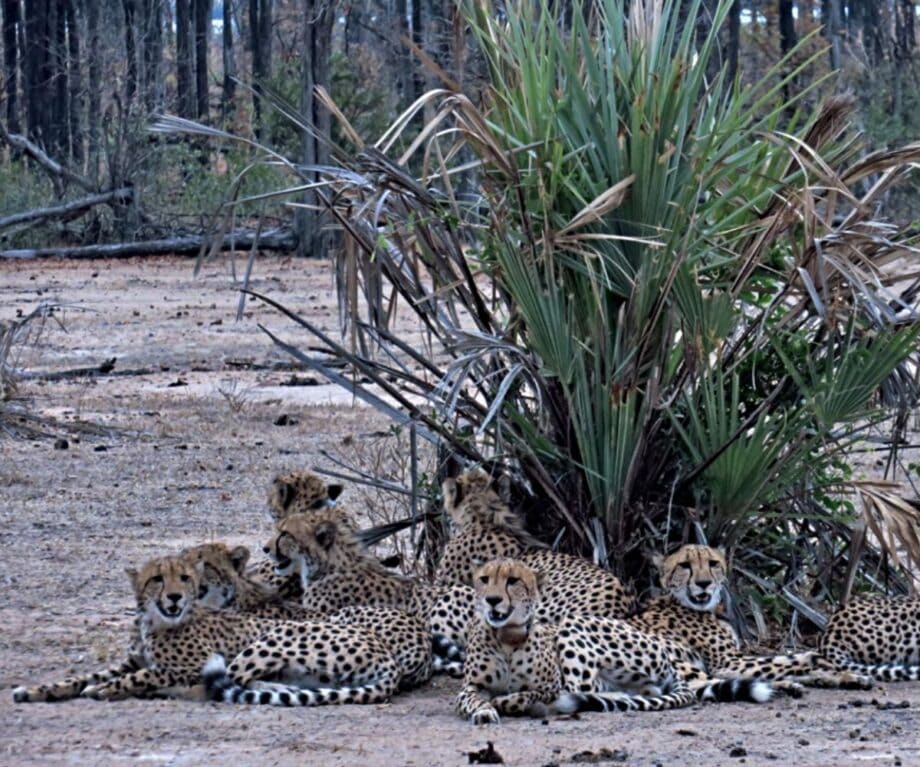
In 2017, African Parks began re-establishing Liwonde’s predator population by bringing back cheetah, which had been absent from the park for a century. This was followed in 2018 by the reintroduction of lions. In 2021, after a 60-year absence, Liwonde received a pack of 8 endangered African Wild Dogs. As luck would have it, one of the females was pregnant, and the pack welcomed nine pups six weeks later – the first litter of wild dogs born in Malawi in decades! In 2019, 17 black rhinos were relocated from South Africa to Liwonde, in one of the largest international black rhino translocations in history. The now thriving Liwonde ecosystem also supports massive herds of over a thousand buffalo, and the park is also one of the best places in Africa to see the endangered sable antelope. Wildlife translocations and reintroductions have transformed Liwonde into a real sanctuary for Malawi’s wildlife.
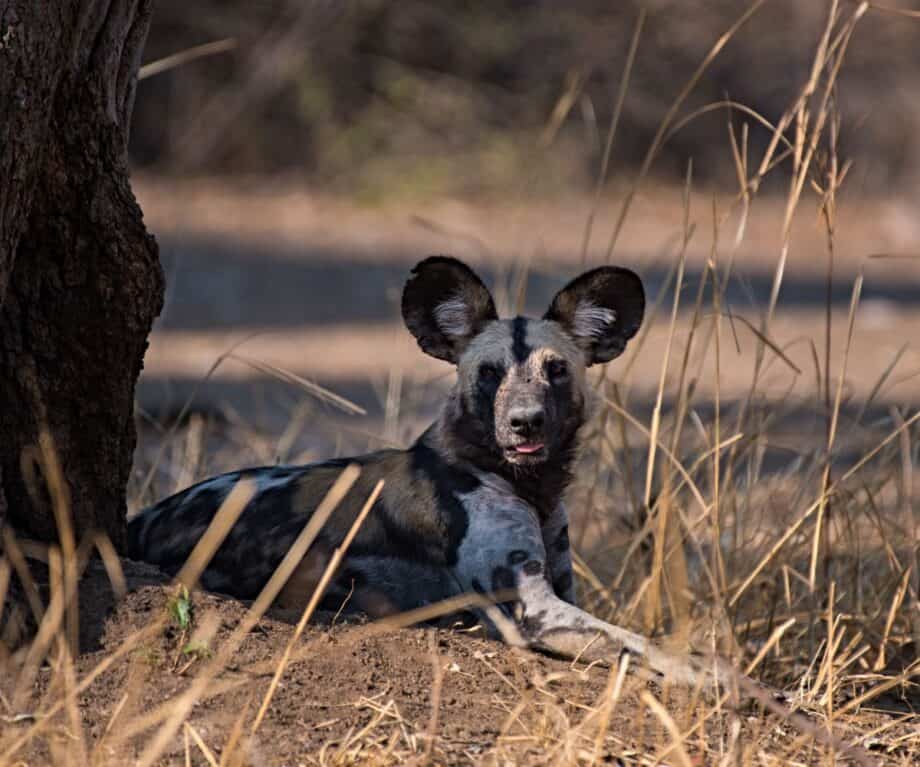
Sadly, in November 2022, tragedy struck in Liwonde. The GPS collars on the adult wild dogs went silent and after extensive searching, the monitoring team found the entire pack of 18 dead. Poisoned. A tragedy. But in some recent exciting news, African Wild Dogs are now back in Liwonde! In February 2024 a new pack of wild dogs arrived in Liwonde from South Africa. After spending several weeks in a holding boma for acclimatisation, the dogs were released into the bush and are now roaming free in the park.
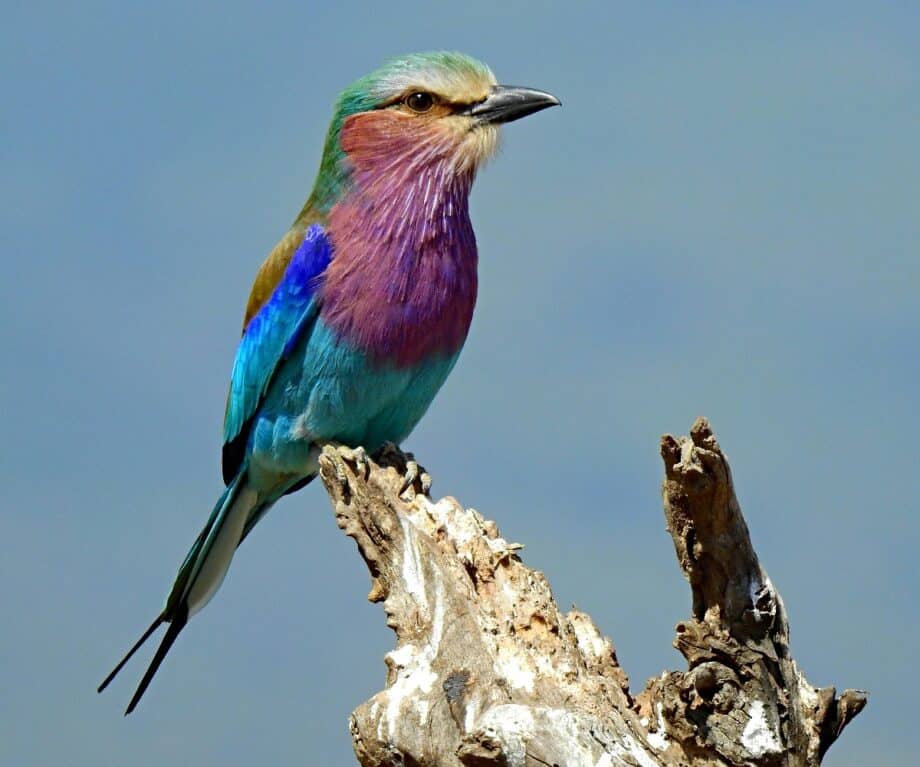
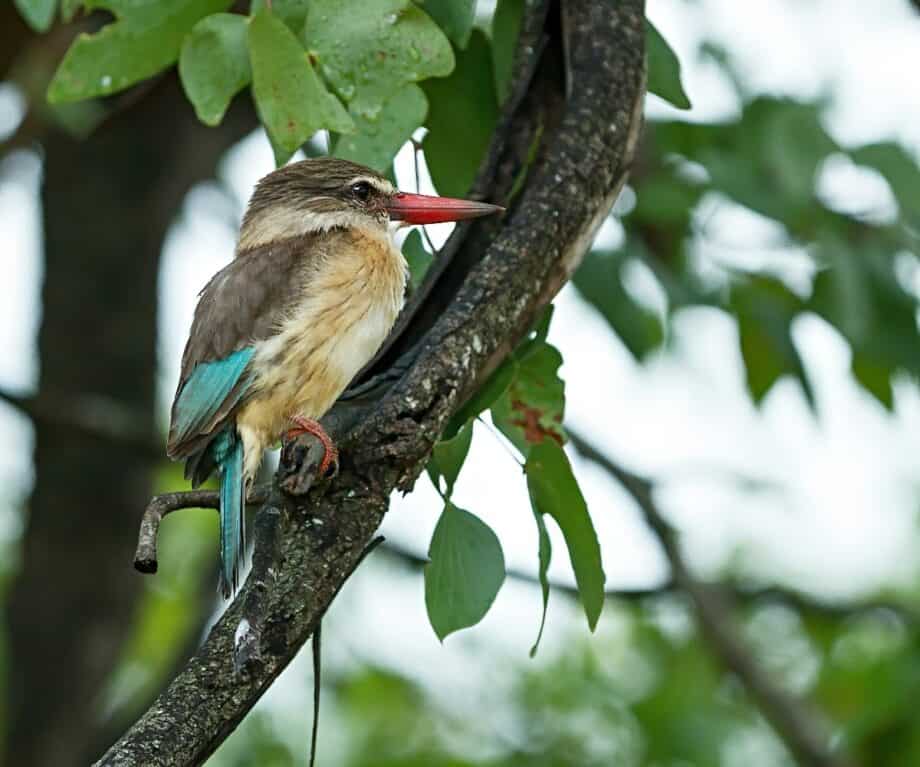
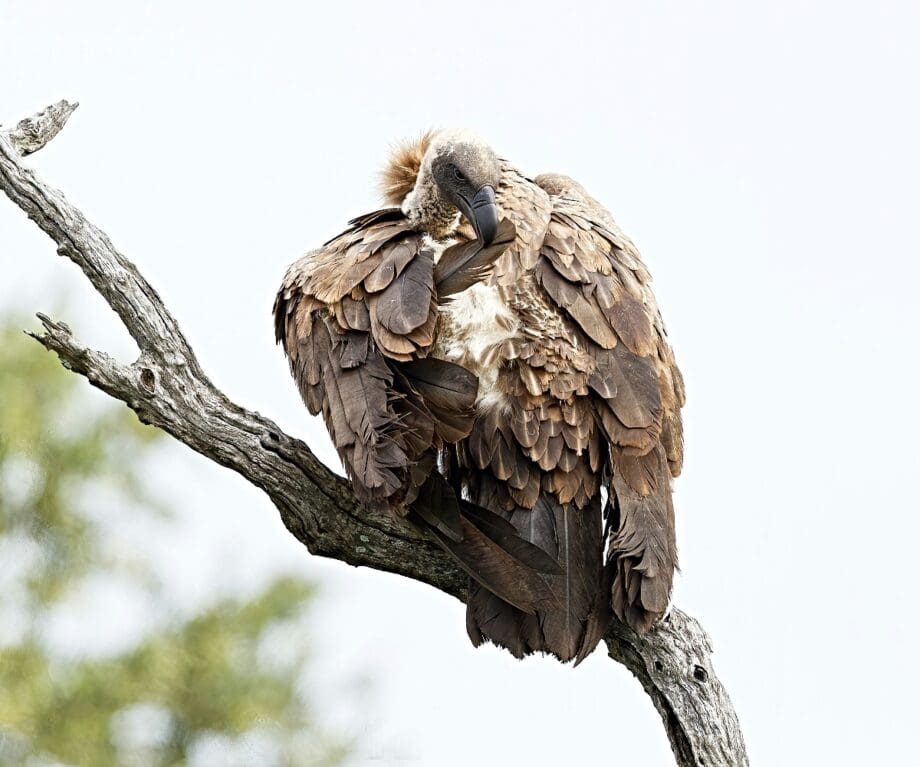
One bonus of increasing the predator numbers in Liwonde was the return of aerial scavengers. When African Parks took over the park in 2015, vultures were absent. Today hundreds of sightings, of at least six vulture species, have been recorded. Vultures aside, birding in Liwonde is exceptional all year round, with over 460 species recorded, including some birding specials like Lillian’s love birds, Pel’s fishing owls, Boehm’s bee-eaters, and Livingstone’s flycatchers.
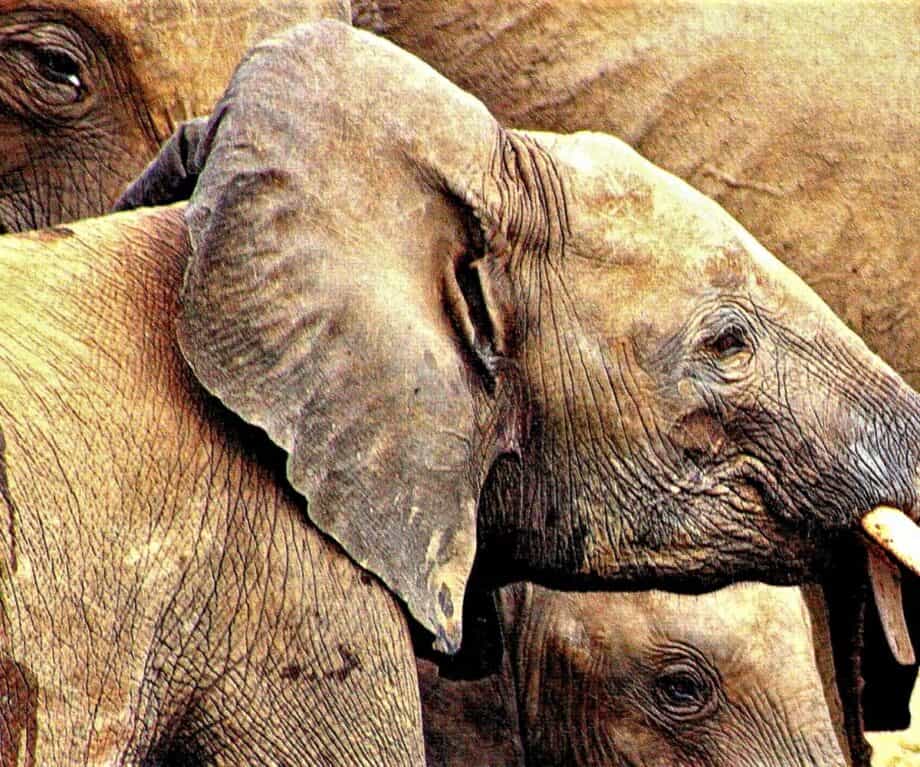
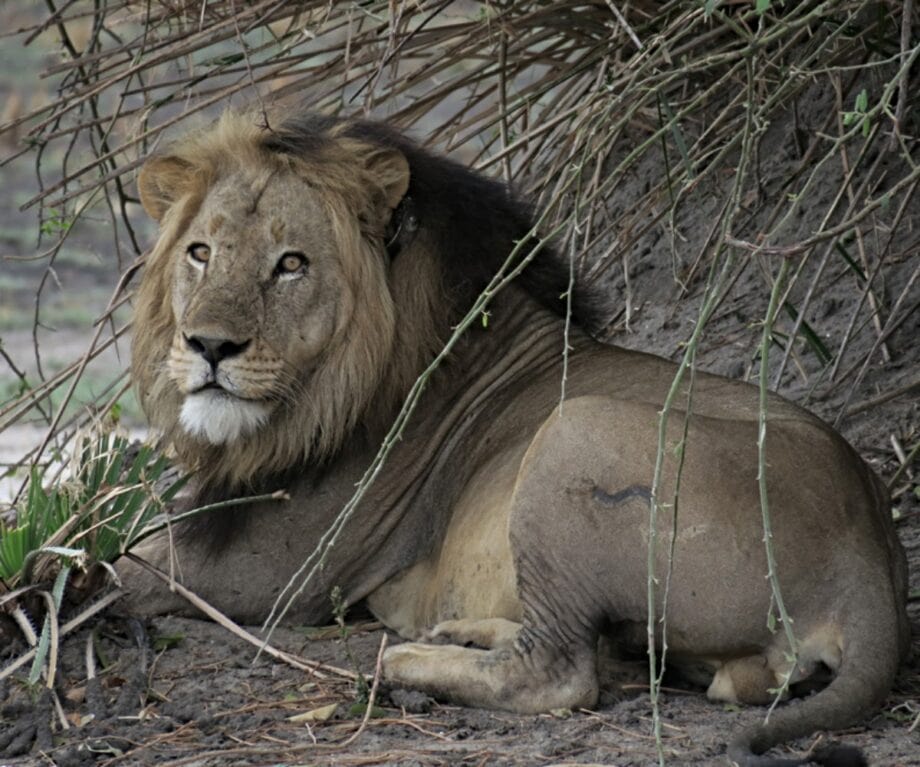
When to visit Liwonde
The best time to visit Liwonde is during the dry season, from April to October. As the park is dry, wildlife clusters around the remaining water of the river systems. However, the rainy season offers its advantages. When the first thunderstorms darken the November nights, the bushveld transforms from a veritable dustbowl to an emerald-green paradise.
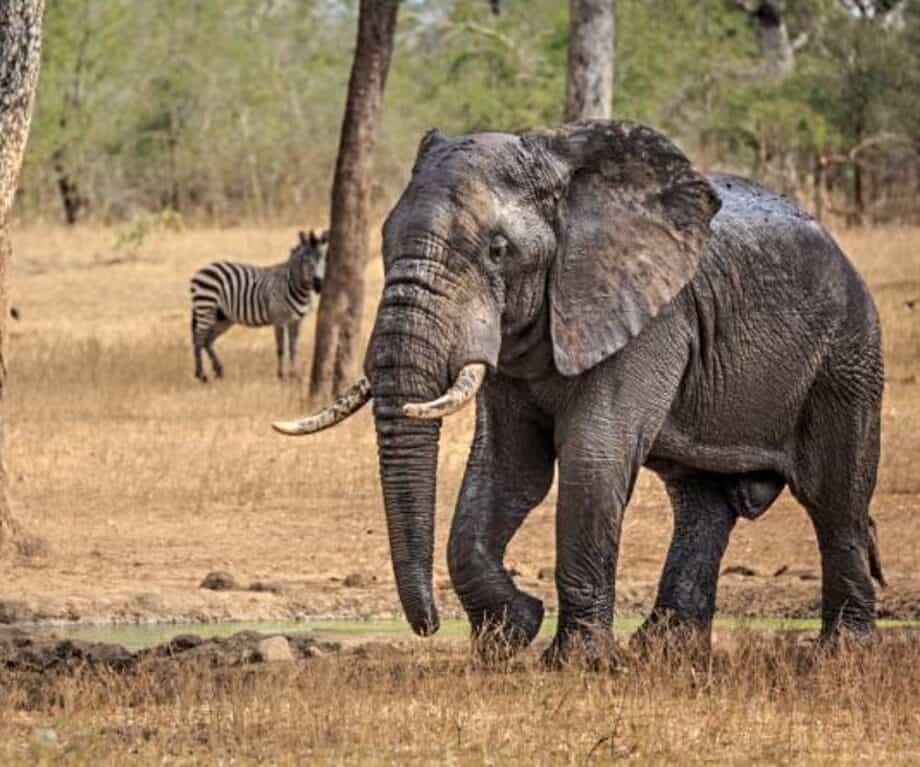
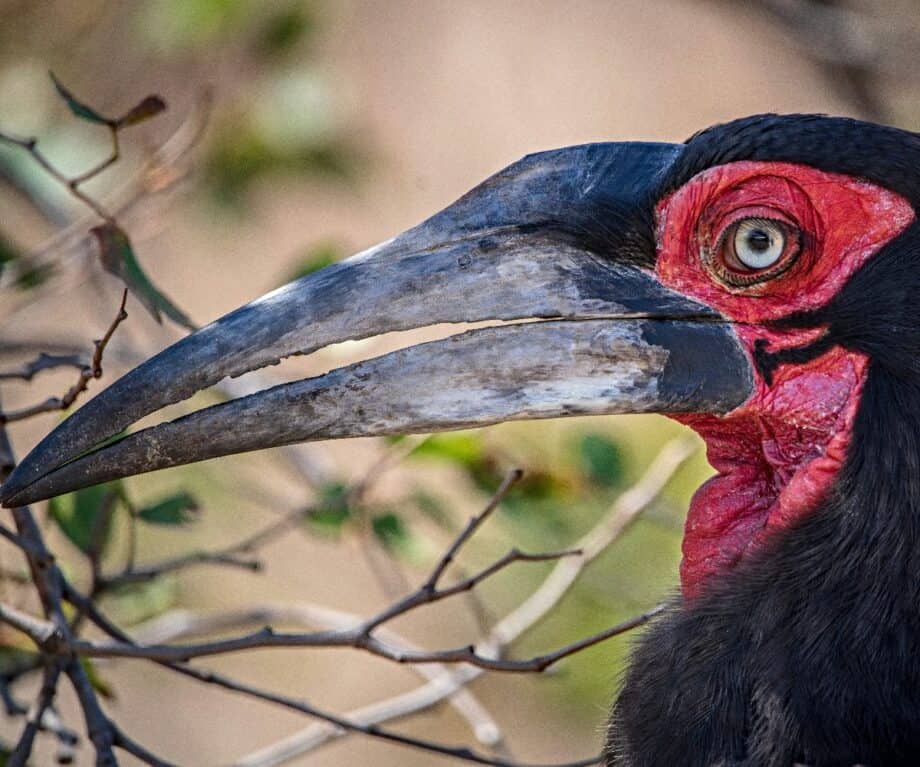
5 reasons to visit Liwonde
1. Some of the best river-based elephant, crocodile, hippo and general wildlife viewing in Africa.
2. Home to the rare and critically endangered black rhino.
3. Fabulous cathedral-like woodlands with good populations of buffalo and sable antelope.
4. The amazing views of palm-studded floodplains.
5. A bird watcher’s haven with easy viewing of Pel’s fishing owl, Boehm’s bee-eaters, Lilian’s lovebirds, and Livingstone’s flycatcher.
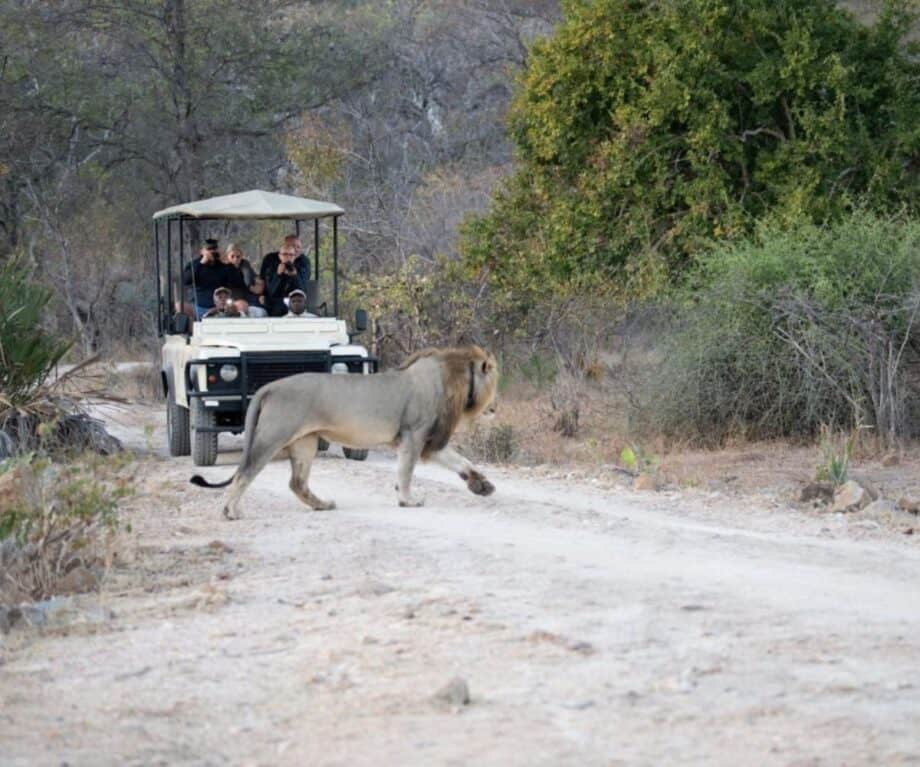
Where to stay
As one of Africa’s better-kept secrets, the Liwonde experience is incredible value for money, with budget to high-end accommodation options available.

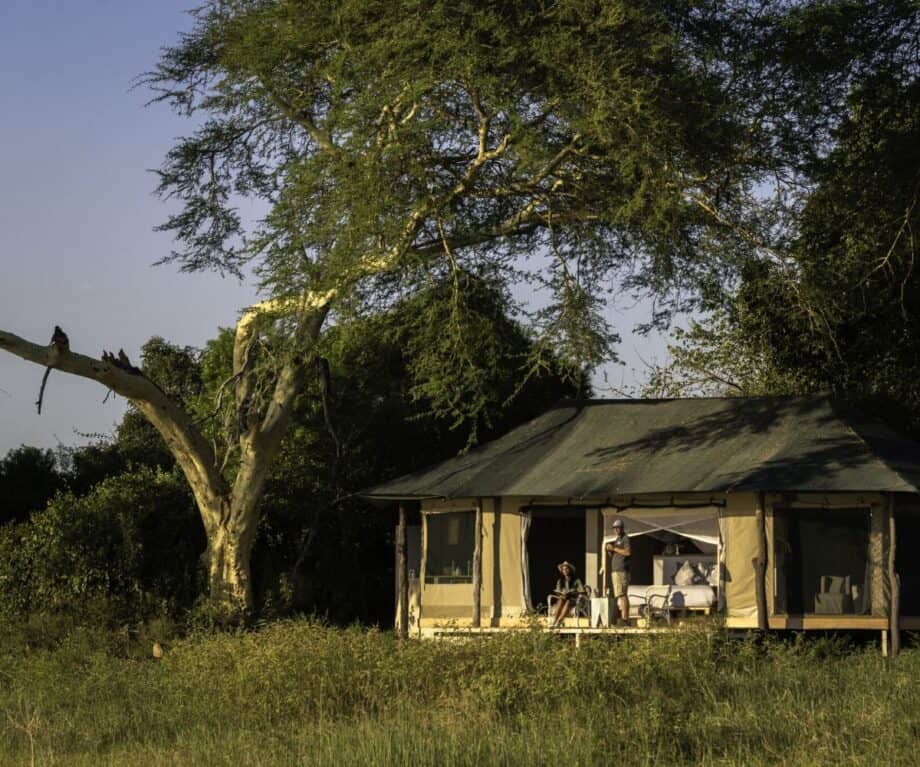
Everything you need to plan your trip in 2024
Kuthengo Camp
Located on a large open plain stretching towards the Shire River in Liwonde National Park, Malawi, you’ll find Kuthengo Camp, with four spacious, en-suite safari tents, each with a bathtub an outdoor shower, nestled among fever trees and baobabs. From adventurous game drives and walking safaris to tranquil boat cruises along the grand Shire River or cooling off in the plunge pool, there is something for everyone.
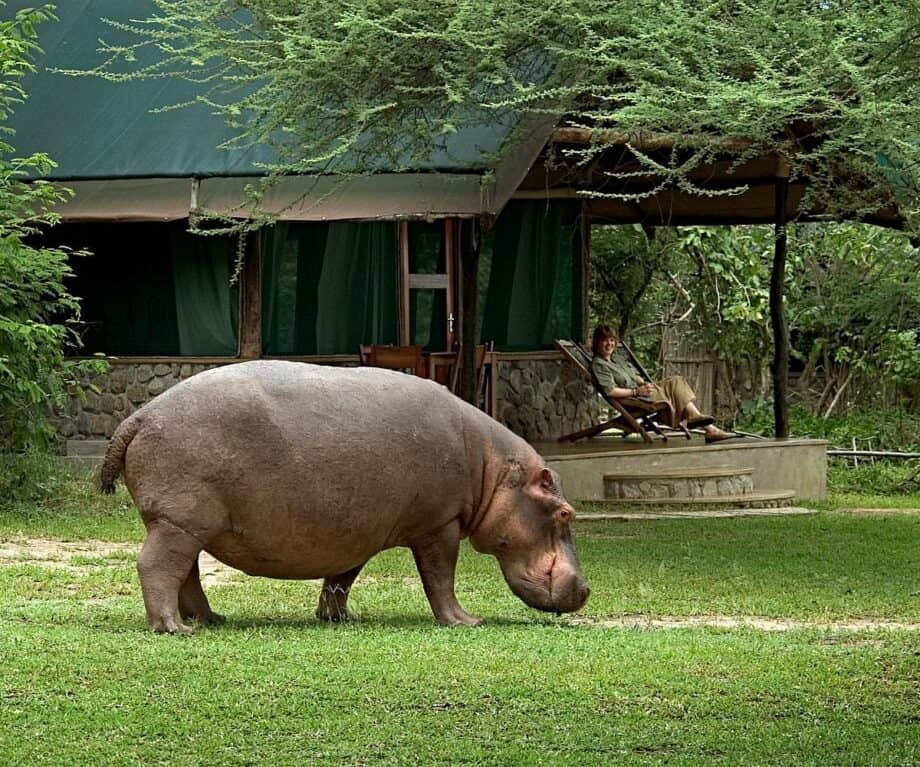
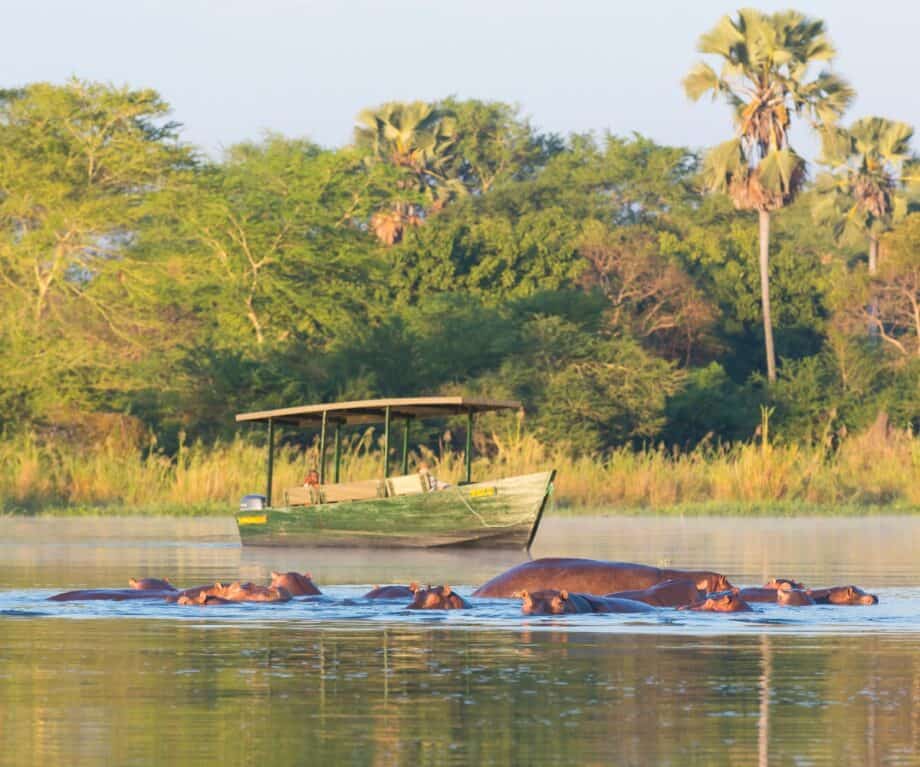
Mvuu Lodge and Mvuu Camp
Hidden amongst the iconic fever trees of the magnificent Shire, Mvuu Lodge overlooks Namagogodo lagoon, as it flows from the park interior out towards the river. 5 comfy tented chalets with private viewing decks, 3 spectacular secluded suites with plunge pools and outdoor showers in every room. This is the perfect spot for early morning bush walks, slow sailing on the Shire, thrilling game drives or meaningful community engagements.
Mvuu Camp has a spectacular vantage point on the banks of the Shire River. The river is a magnet for wildlife and draws an abundance of fauna to its banks. The camp, comprising 14 units, is a mix of spacious stone and canvas chalets and specially designed family tents. An impressive thatched dining and lounge area offers a magnificent river vista that is framed by two large baobab trees. Dinners are sometimes held under the stars in a specially constructed boma. Mvuu Camp is a perfect option for family travel and is best suited for families with smaller children as it offers a two-bedroom chalet designed for this purpose.
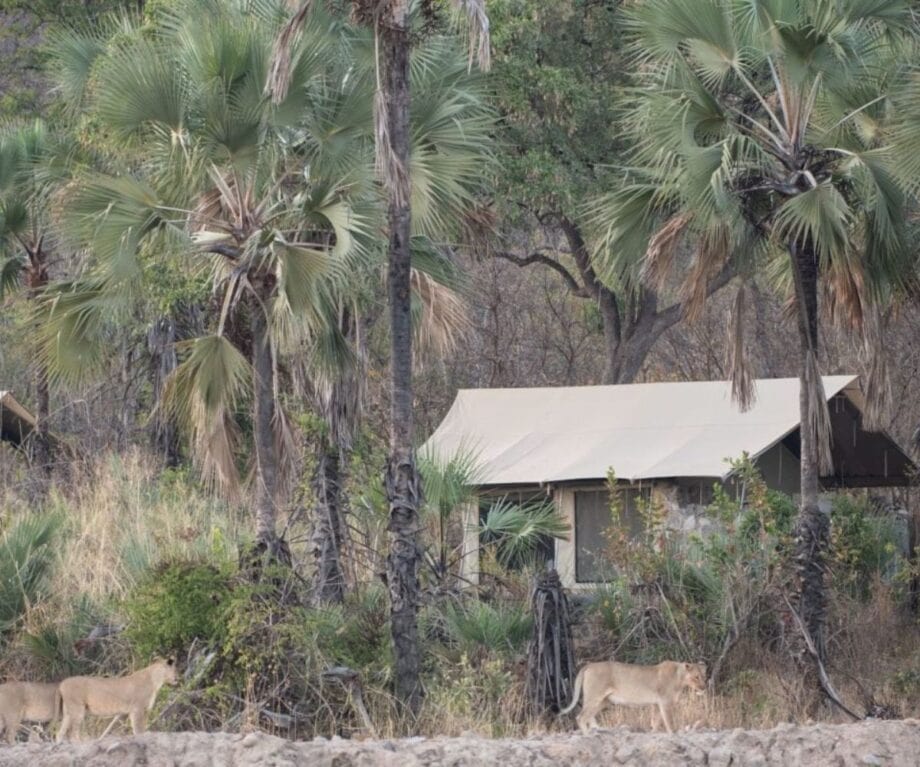
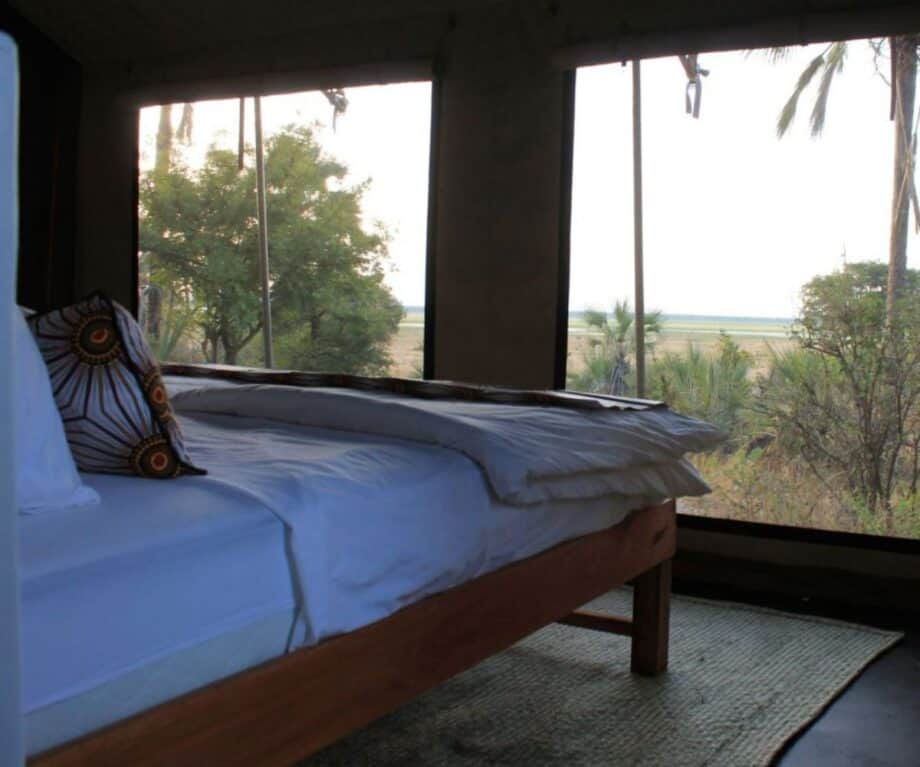
Chimwala Bush Camp
Chimwala Bush Camp is a self-catering camp featuring four ensuite canvas tented suites with stone walls and a stone family cottage that is separate from the main camp. The elevated thatched central area – lounge, dining area, bar and swimming pool – overlooks the Shire River and floodplain below. The camp is tucked up against Chinguni Hill in the shade of mopane and miombo woodland. Chimwala has a perimeter fence. The camp is deep within the park near the most productive game viewing areas. Chimwala Bush Camp will be converted into a fully catered camp in 2024, while the family cottage will remain self-catering. The camp is operated by African Parks and 100% of tourism revenue earned by African Parks goes to conservation and local communities
Sarah Kingdom
Born and raised in Sydney, Australia, before moving to Africa at the age of 21, Sarah Kingdom is a mountain climber and guide, travel writer, yoga teacher, trail runner, and mother of two. When she is not climbing or traveling she lives on a cattle ranch in central Zambia. She guides trips regularly in India, Nepal, Tibet, Russia, and Ethiopia, and takes climbers up Tanzania’s Mount Kilimanjaro numerous times a year.
Did you enjoy this article?
Receive similar content direct to your inbox.

 KickT
KickT 










